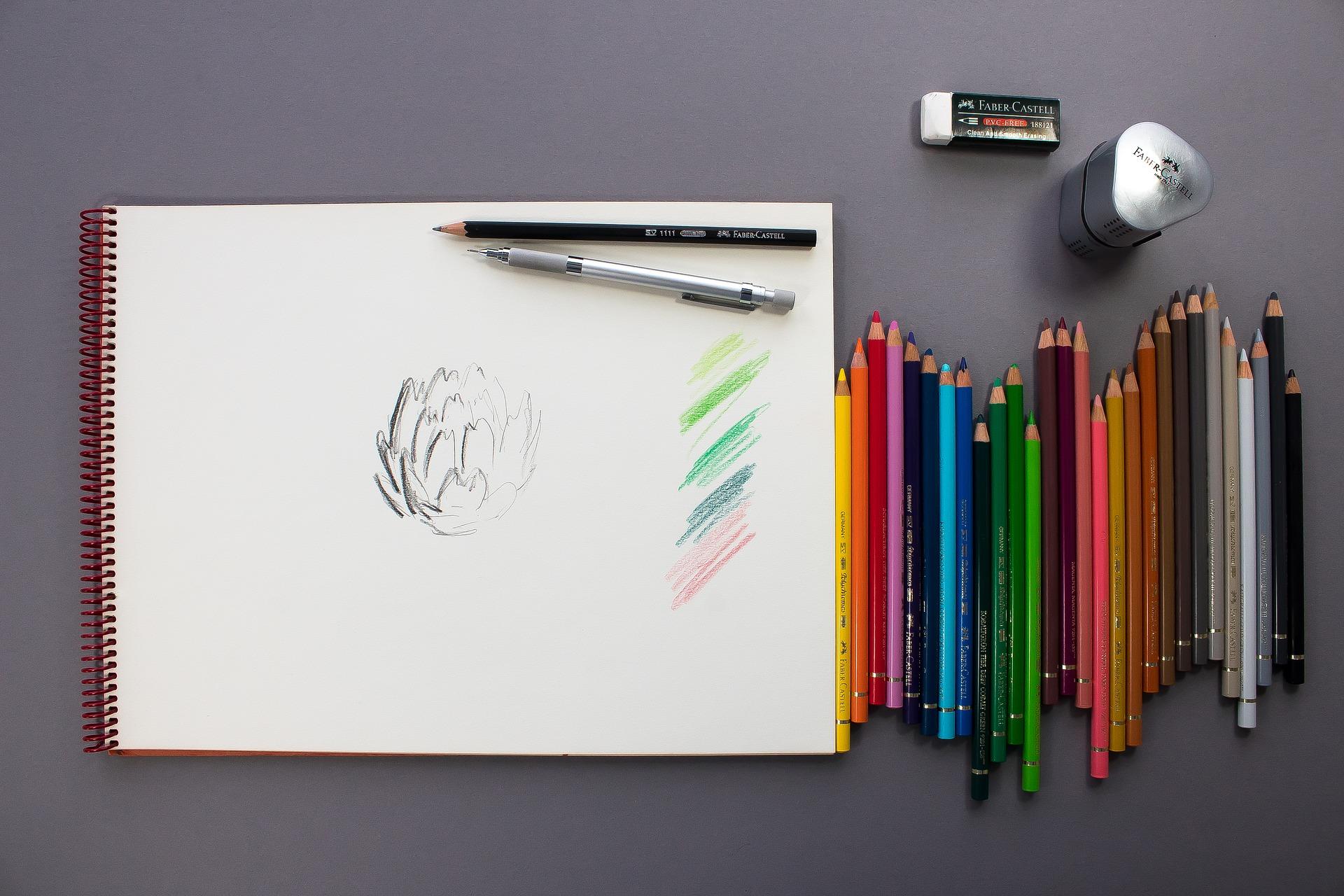Everything you can imagine is real. Pablo Picasso
Comics have gained immense popularity among both children and adults, as they seamlessly merge art and literature into an entertaining medium. If you're an aspiring artist or illustrator seeking to improve your skills in drawing, below are some exercises to kick-start your journey.
Want to give private lessons?
Join the Superprof community and share your knowledge with inquiring and motivated students.
Still Life: Some Things to Draw
Still life is one of the very first activities that most aspiring artists will try in art classes. Whether it is with pens, pencils, charcoal or crayons, the practice of drawing inanimate objects is essential for budding artists.
So, you are probably wondering, what can I draw that is easy?
The art of still life revolves around crafting arrangements of objects and then sketching them. These objects can be anything from flowers, fruits, and vegetables to even a picture sourced from the internet. However, drawing a still life can prove to be a challenging task as it involves depicting three-dimensional objects on a two-dimensional surface, which is not easy! While copying a photograph may seem like an easier option, it can still be a valuable exercise because it will hone your sense of proportion, light and shadow while developing the perception you need as an artist.
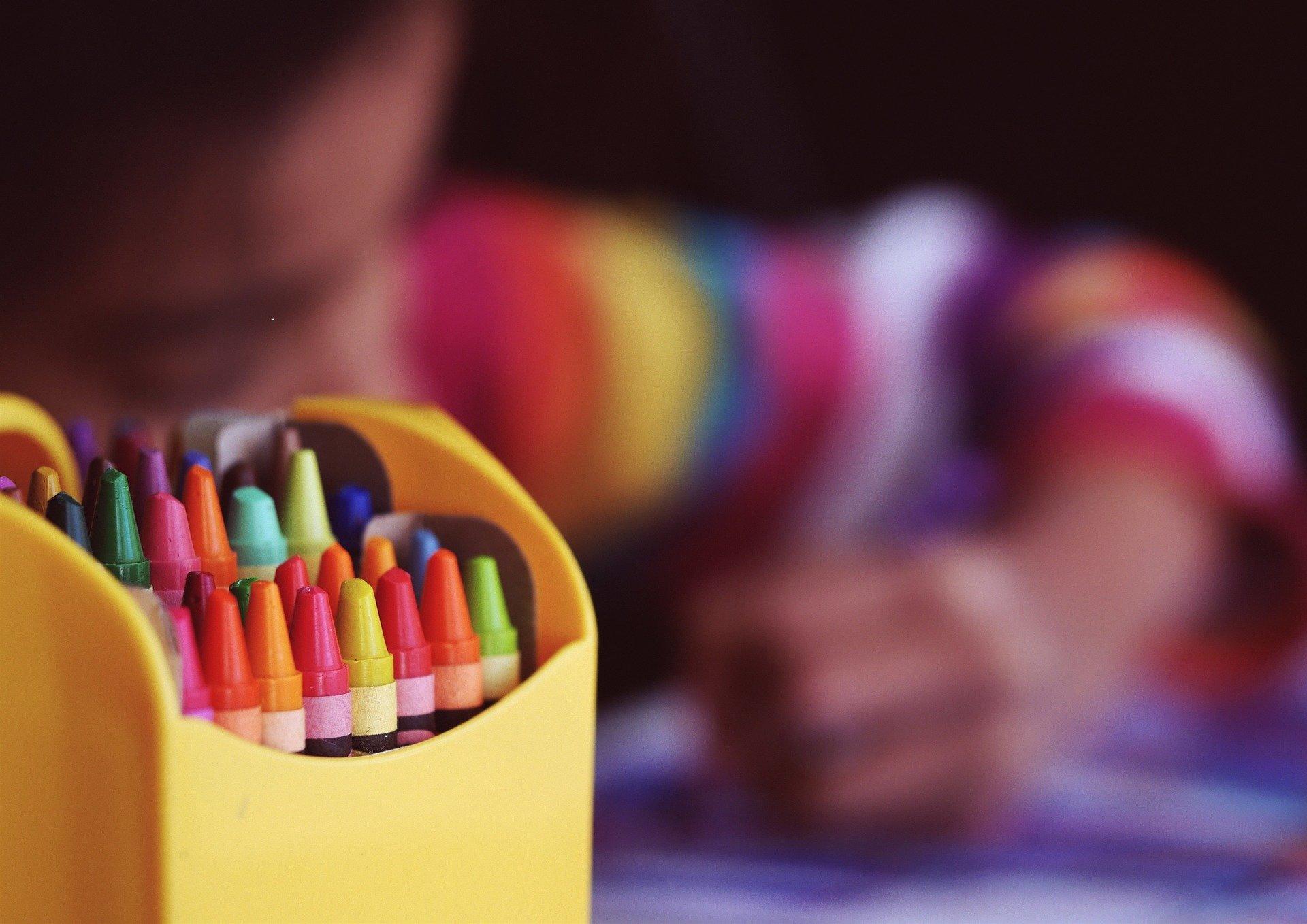
Some Things to Draw: Faces
If you are looking for easy drawing ideas, then consider drawing faces and portraits.
Those learning to draw often will practise drawing faces and portraits. Creating portraits can equip artists with skills that can be applied to other artwork. Typically, faces are constructed by following certain guidelines that begin with an oval or egg-shaped outline. The facial features are then placed on this outline, taking into account any distinct features of the subject.
As a general rule, artists usually begin by drawing the eyes and then progress from there. Irrespective of the direction of the subject's face, most skilled artists adhere to the fundamental principles of drawing faces since the head's orientation can significantly impact the drawing process. Consistent practice can be instrumental in helping artists master these techniques and conventions.
Faces are excellent beginner pictures to draw.
Other Beginner Pictures to Draw: A House
To answer your question what can I draw that easy, don’t forget that you will need drawing ideas that also teach perspective!
In the art of drawing, perspective is one of the essential elements.
It enables artists to depict three-dimensional objects on a two-dimensional surface. This requires the creation of vanishing points and perspective lines to achieve a sense of depth. To hone your skills in perspective drawing, houses and buildings should be on your list of some things to draw.
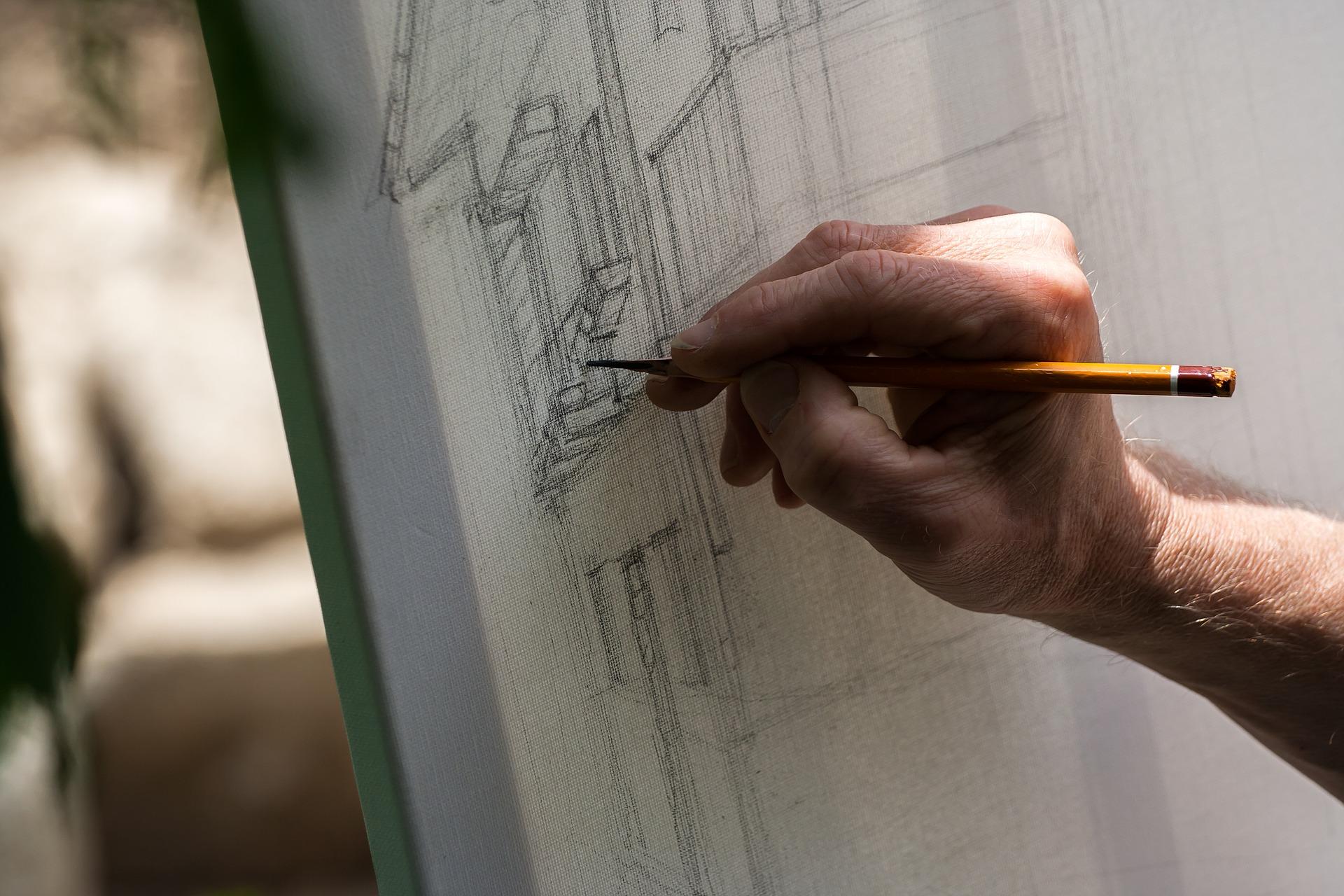
Another technique to aid in perspective drawing involves using guiding lines originating from a specific point on the page. This method is especially handy when attempting to sketch straight edges that recede away from the viewer. Once you have these guide lines in place, you can proceed to draw the facades of the building. Houses, buildings, and entire streets are ideal subjects to improve your grasp of perspective. Practise regularly with these subjects to enhance your drawing skills.
Some Things to Draw for Beginners: Landscapes
If you are looking for drawing ideas, be sure to include landscapes on your list of possible drawings to practice.
Drawing landscapes is another effective way to refine your art skills. There’s a reason why famous artists, such as Van Gogh and Monet, regularly turned to landscapes and nature as sources of inspiration. Drawing landscapes will enhance your observational ability by teaching you to look around you and sketch what you see. Landscapes not only offer a picturesque view but also serve as excellent subject matter if you are battling to find some things to draw.
Why not find a spot with a view that appeals to you and start sketching what you can observe?
You'll soon realise that it takes patience and attention to detail to accurately represent all the elements of a scene.
Want to give private lessons?
Join the Superprof community and share your knowledge with inquiring and motivated students.
Drawing Ideas to Fast-Track Improvement: Sketch Regularly
If you are looking for possible drawings to help you improve quickly, then sketching on the go is your answer.
This type of sketching is not unlike drawing landscapes where you simply sketch what you observe. The only difference is that you don't need to be in the midst of a breathtaking landscape to practise – you could just sketch people passing by, for instance! When it comes to practising, you needn’t think too hard about finding some things to draw – just about anything will do!
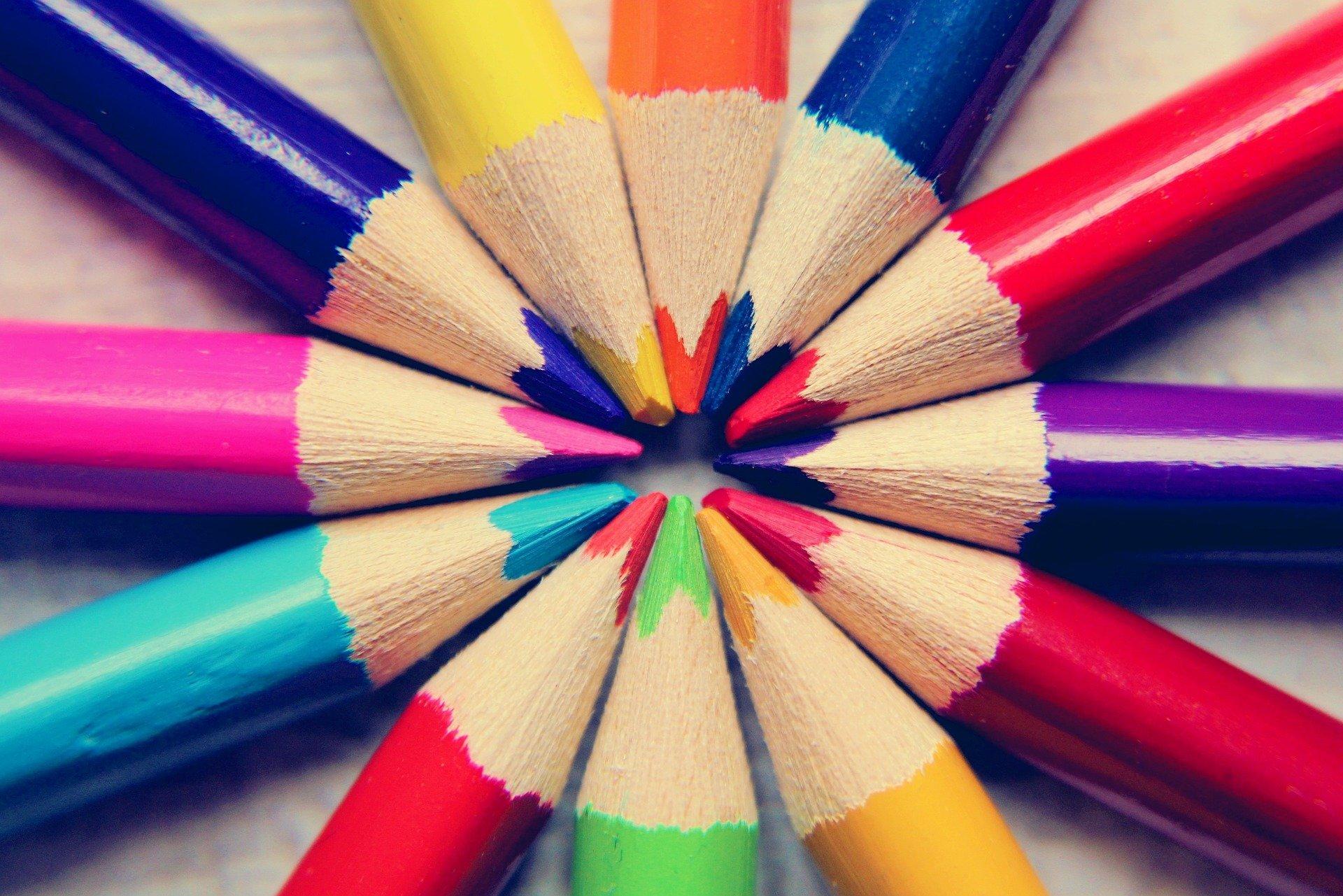
It’s also a great way to learn how to quickly capture the defining characteristics of your subject whether they’re plant, animal, or mineral. It’ll force you to observe what you’re drawing and quickly replicate it on paper. Of course, you won’t be left with a finished drawing, but you’ll have something you can always develop at home. Unlike drawing landscapes where you’ll spend a long time focusing on the finest details, sketching is more about getting the ideas on the page. It’s also a fun way to let go and a good challenge for artists wanting to improve.
Draw Animals
Drawing animals is popular with children, but it is by no means child’s play!
For adults, it offers an opportunity to explore the forms, anatomy, and movements of various creatures, such as horses, cats, owls, or fish. To make a start, begin with the general form of the animal and gradually progress to more detailed illustrations.
By studying examples of scientific illustrations, for instance, you can learn how to accurately portray everything from the animal's fur to its colouration and movement. Don’t forget that the the techniques you acquire through animal drawing can also be applied to other types of drawings.
Life Drawing
As you advance slightly from beginner pictures to draw, you could try life drawing, or the practice of drawing people in the nude, which is common for art students to help master anatomical form.
However, not all artists are comfortable with this approach, if you are not inclined towards life drawing, check out anatomy books that offer step-by-step guidance on how to draw the human body without having to actually encounter one in real life!
Running Out of Possible Drawings: Find References to Recreate
If you are finding it difficult to come up with beginner pictures to draw, then take inspiration from others!
By studying the works of the world's greatest artists, which can be found in books, museums, and online platforms, you can gain valuable insights. Social media platforms like Instagram and Pinterest also offer a wealth of resources featuring emerging artists, simply select a drawing or artwork that inspires you and attempt to recreate it!
Sketch at Home
Much like the sketching mentioned already, you can always just practise drawing wherever you are and whenever you have the chance.
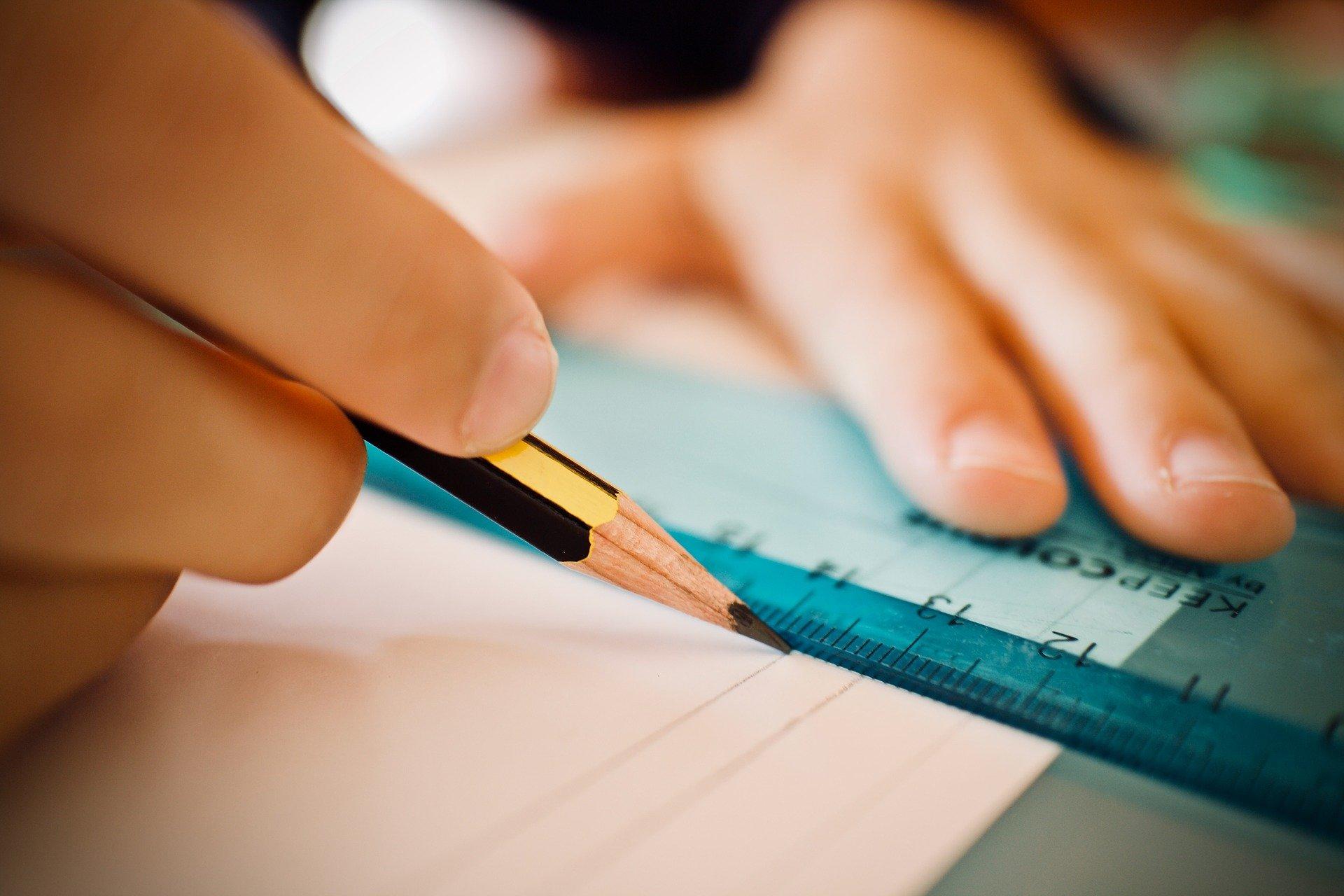
Beginners to drawing often make the mistake of starting with an overly ambitious project without any prior planning. To avoid this, rather use sketches to map out your artwork before you start. Sketching is fast and effective and will help you to refine your ideas as you work. In fact, good sketches can sometimes result in final pieces.
Carry a Sketchbook
Good advice is to always carry a sketchbook to draw anything that catches your attention, whether thats buildings, landscapes, people, or animals. Sketching is also a great way to regularly practice drawing, even at home or in your local area.
To improve your skills, consider hiring a private drawing tutor, where you can find experienced tutors for a variety of subjects, including drawing. You can choose between face-to-face, online, and group tutoring to fit your budget and learning style. Some tutors offer a free trial hour, so you can try out different tutors before making a commitment.
Finally, drawing can be an incredibly rewarding and fulfilling hobby, whether you are a complete beginner or an experienced artist, it is a skill that can be learned and improved upon over time with practice, patience, and dedication. Start with simple shapes and gradually work your way up to more complex subjects, while you gradually build your skills and confidence.
Remember that mistakes are an inevitable part of the learning process, so don't be too hard on yourself - with the right mind-set, tools, and resources, anyone can learn how to draw and unlock a world of creative expression and artistic fulfillment!
Want to give private lessons?
Join the Superprof community and share your knowledge with inquiring and motivated students.

